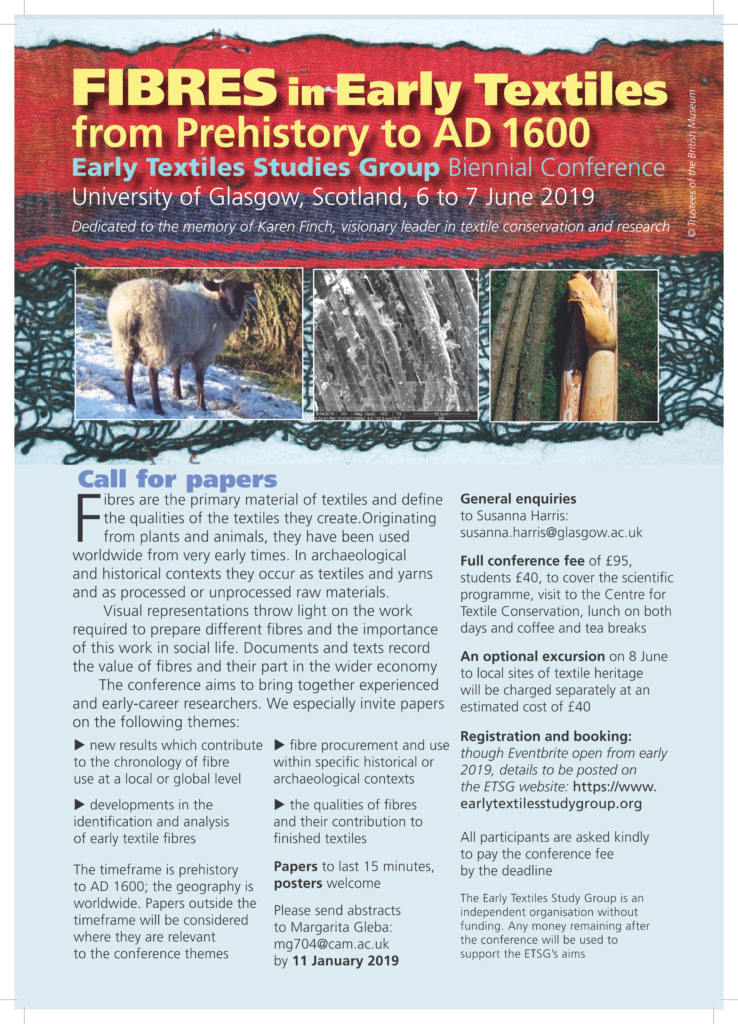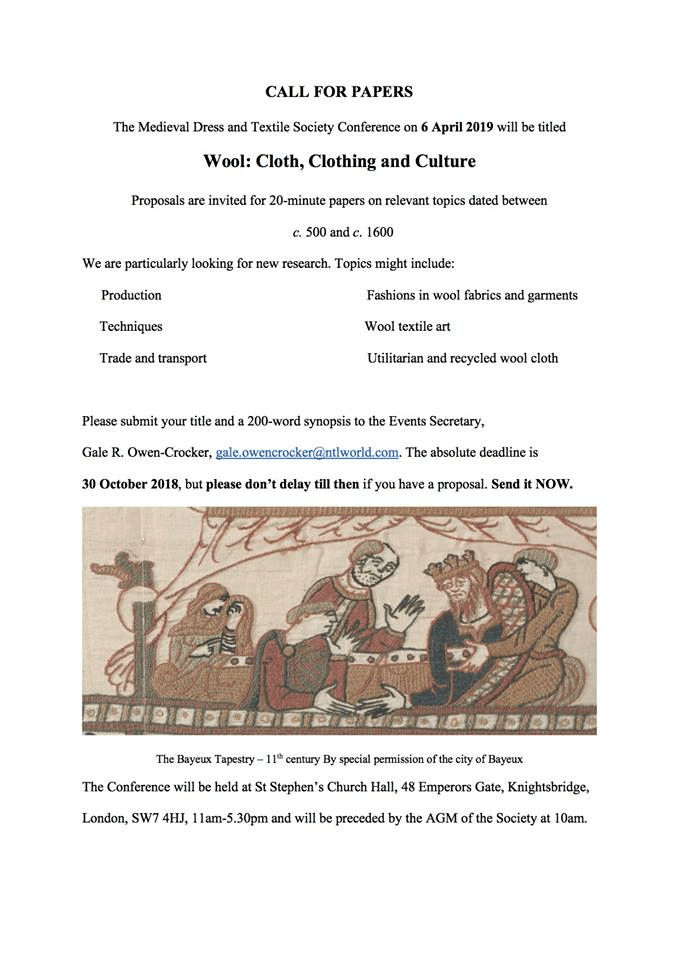It has taken a good while, but it's finally all settled - the European Textile Forum 2019 has a venue, and it will take place November 4-10 as planned.
Our venue for this year is the Lauresham Laboratory for Experimental Archaeology, connected to the UNESCO World Heritage Site of Lorsch Abbey and a spectacular place to be. I have a lot of personal fond memories of Lorsch, having been on archaeological digs there several times, working together with lovely colleagues, and having some memorable moments. Like the one where one of the students found some coins right after the assistant prof promised a money prize for finding a coin. Like the one where I was staring so hard at the greenish-pinkish bands in the sand there, to find the line between an old trench and natural undisturbed soil, that I stopped seeing in colour and had to stare at a white wall for a while. Like assisting the technician in taking site measurements; he was a very, very special character, so working with him was sometimes quite exhausting (but I got treated to an ice cream sundae in the evening, which did make up for that). Best of all is that I was part of the student group that excavated in the so-called "Südosttor" area... and what had been thought to maybe have been the south-east gate turned out to have been the loo.
So I'm very happy to return to Lorsch, especially since I have not been there for years, and the whole Lauresham Laboratory is also new to me.
For the Forum, we are graciously given use of the Visitor Information Centre with several rooms, plus use of the facilities in the open-air laboratory itself. This includes houses and workspaces modelled after archaeological finds and ideal-typical monastery plans and descriptions from Carolingian times. Most important for our purposes, there is a dye house on the grounds, as well as a weaving house with three warp-weighted looms installed there plus one mobile warp-weighted loom. I cannot tell you how thrilled I am at how this all worked out, and I am so much looking forward to our conference!
I have also been promised that our group will get a tour of both the Abbey grounds and the Laboratory, which will surely include a visit to the 8th/9th century Gate Hall, the most famous building in Lorsch, and truly, truly spectacular.
So now, finally, it's time to send out the Call for Papers. As every year, we will have a focus topic, and this time it's "Shared Warps, Shared Wefts". You can find the CfP on our website, or you can download the pdf version here.
Last details regarding the conference still need to be figured out, so registration is not open immediately, but will be possible from May 27 onward.
For now, please save the date if you're planning to come, and spread the word about this conference if you know people who might be interested!





